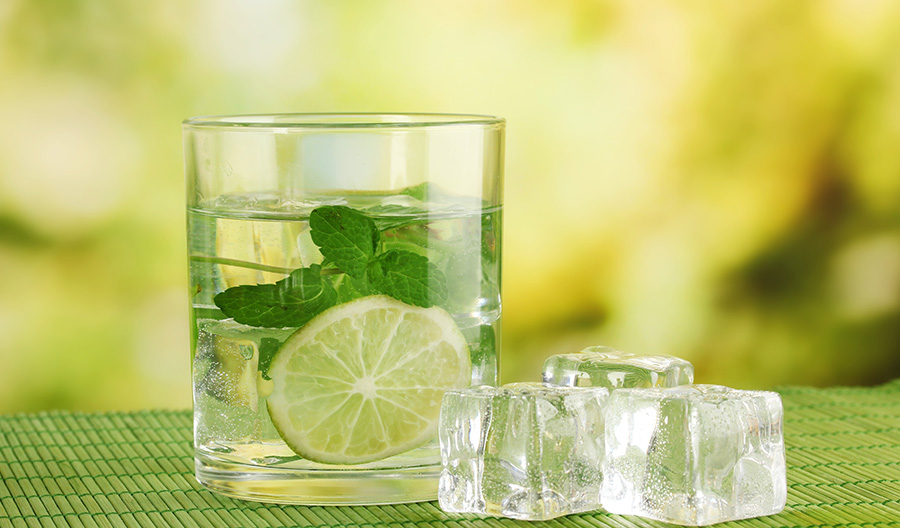News flash: Rum isn’t just swaying palm trees and tropical breezes. Sure, the sugarcane-based spirit is often associated with the Caribbean, since it’s made in nearly every tropical and subtropical region. But it’s produced in decidedly non-tropical areas, too. We’re looking at you, New England.
Rum has no single homeland. It’s a spirit with incredible diversity and soulfulness, though it’s also one that can be confusing. Gaze over the vast sea of rum on today’s retail shelves, and it can overwhelm. How do you decide what to do with them all?
What follows are briefs on the various types of rum, with a focus on the aromas, flavors and textures that define each overall style. It’s about how you might enjoy the rum, whether it’s clear and crisp, just right for a squeeze of lime or a barrel-aged number that’s rich with brown sugar sweetness and ideal for sipping as the sun sets.
Palm trees, of course, are optional.

White/Silver Rum
How It’s Made
Rum is made when fresh-pressed sugarcane juice, cane sugar or cane sugar byproducts (most commonly molasses) are fermented and distilled. Compared to other white spirits that may never see the inside of a barrel, most white rums are barrel-aged to add body and mellow character, and may then be filtered to remove the color. Depending on where it’s made, the label may say blanco, blanc or even carta blanca.
What It’s Like
In general, white rum is crystal clear, although some have a yellowish tinge from contact with wood. Usually crisp and clean, these may range from floral or grassy to bright citrusy notes like lime peel or lemongrass. There can also be hints of coconut, vanilla or almond.
Best Way to Enjoy
Mix into Daiquiris, Mojitos and other cocktails, especially those where a brown, or aged, rum would create a muddy color. Jason Kosmas, former bartender at New York City’s Employees Only, says the perfect Daiquiri requires little adornment. He uses two parts rum to one part lime juice, plus just enough sugar “to take the edge off.”
Black Rum/Dark Rum
How It’s Made
Meant to emulate the flavor and appearance of a long-aged rum, these are usually composed of an aged rum blended with dark, heavy blackstrap molasses and/or caramel. Sometimes, the blackstrap molasses is fermented and distilled into rum and then used for blending. “The term ‘dark rum,’ while in common usage, can be vague and confusing, as it may apply to either black rum or premium aged rums,” says rum expert Martin Cate in his book, Smuggler’s Cove: Exotic Cocktails, Rum, and the Cult of Tiki. He says that molasses or caramel added to black rums yields a finished product, “typically much darker in appearance than even 50 years in a barrel could achieve.”
What It’s Like
This is a big, robust, molasses-forward style that’s not for everyone. Toffee, maple syrup, and black licorice are among the more flattering flavor descriptors used. Espresso, smoke, fennel, black pepper, or bitter chocolate can also figure in, depending on the brand or bottling.
Best Way to Enjoy
Mix these into drinks like the Dark & Stormy or Jungle Bird to add complexity and weight. Many black rums are high-proof, so pour with caution.

